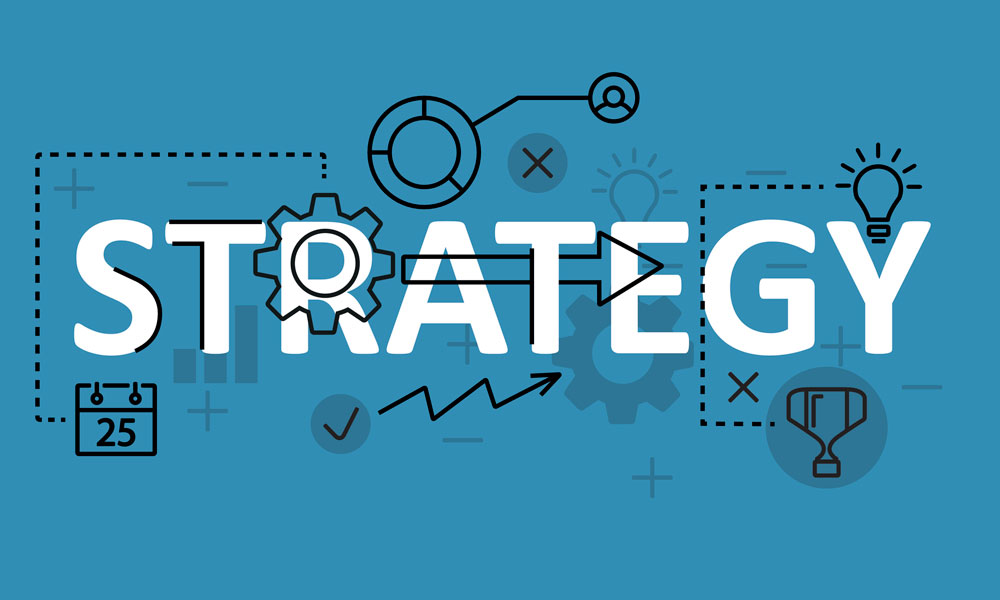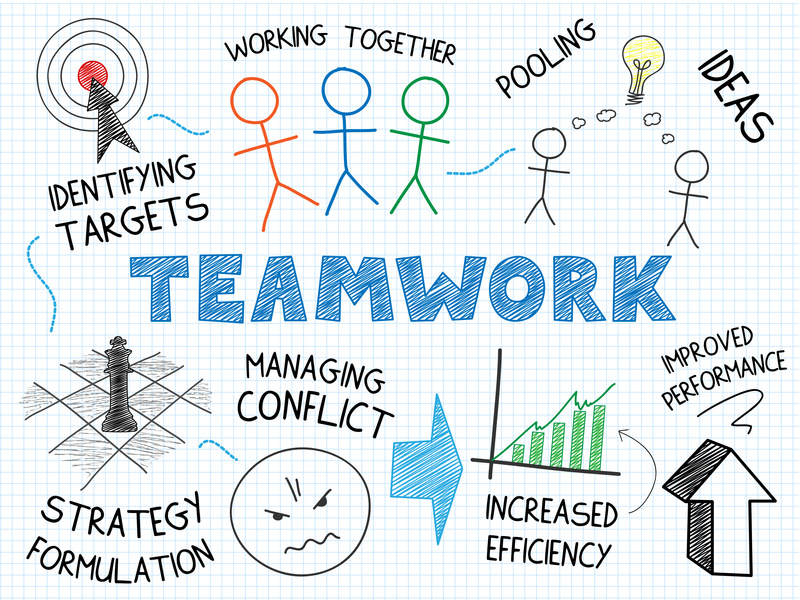Boost Productivity and Success with Effective Organizational Strategies
Case Studies
Effective HTML: organizational strategies are essential for businesses to achieve success and maintain productivity. These strategies help companies to manage their resources, prioritize tasks, streamline processes, and achieve their goals. In this article, we will explore the benefits of effective organizational strategies and how to implement them successfully.
Types of Organizational Strategies

There are different types of organizational strategies that businesses can adopt to improve productivity and success. The most common types of organizational strategies are:
- Goal-setting strategy: This strategy involves setting specific, measurable, attainable, relevant, and time-bound (SMART) goals that align with the organization’s overall mission and vision. This strategy helps businesses prioritize their efforts, focus on what matters most, and track their progress towards their goals.
- Time-management strategy: This strategy involves identifying and prioritizing tasks, creating schedules and timelines, and delegating responsibilities to ensure that all tasks are completed on time. This strategy helps businesses avoid procrastination, reduce stress, and increase productivity.
- Resource-allocation strategy: This strategy involves allocating resources, such as finances, personnel, and equipment, to different projects and tasks based on their priority and importance. This strategy helps businesses maximize their resources, avoid waste, and achieve their goals more efficiently.
- Communication strategy: This strategy involves establishing clear communication channels, protocols, and guidelines to ensure that everyone in the organization is on the same page. This strategy helps businesses avoid misunderstandings, conflicts, and mistakes, and improve collaboration and teamwork.
Benefits of Organizational Strategies

Effective organizational strategies have numerous benefits for businesses, including:
Start your Shopify 14-day trial with FireApps
Did you know Shopify is now accounting for 20% of the e-commerce business.
Over 2200 merchants open their Shopify store everyday and 50% of them have a repeat purchase. Join them today!

- Increased productivity: Organizational strategies help businesses focus on what matters most, avoid distractions, and complete tasks more efficiently, resulting in increased productivity.
- Improved quality: Organizational strategies help businesses identify and address quality issues, implement best practices, and ensure consistency and reliability, resulting in improved quality of products and services.
- Reduced costs: Organizational strategies help businesses optimize their resources, reduce waste, and minimize unnecessary expenses, resulting in reduced costs and improved profitability.
- Enhanced customer satisfaction: Organizational strategies help businesses deliver products and services that meet or exceed customer expectations, resulting in enhanced customer satisfaction and loyalty.
How to Implement Organizational Strategies
Implementing organizational strategies requires careful planning, execution, and evaluation. Here are the steps to follow when implementing organizational strategies:
- Identify the organizational issue: The first step in implementing organizational strategies is to identify the issue or problem that needs to be addressed. This could be a productivity issue, a quality issue, a communication issue, or any other issue that is affecting the business’s performance.
- Define the goals and objectives: Once the issue has been identified, the next step is to define the goals and objectives that the organizational strategy will aim to achieve. These goals and objectives should be SMART and aligned with the business’s overall mission and vision.
- Develop a plan: Once the goals and objectives have been defined, the next step is to develop a plan to achieve them. This plan should include specific actions, timelines, responsibilities, and resources needed to implement the organizational strategy successfully.
- Implement the plan: After the plan has been developed, the next step is to implement it. This involves communicating the plan to all stakeholders, assigning responsibilities, and executing the actions according to the timelines and guidelines established in the plan.
- Evaluate and adjust: Once the plan has been implemented, the next step is to evaluate its effectiveness and adjust it if necessary. This involves measuring the results against the goals and objectives, identifying areas for improvement, and making the necessary adjustments to ensure that the organizational strategy is achieving its intended results.
Conclusion
Effective organizational strategies are essential for businesses to achieve success and maintain productivity. By adopting different types of organizational strategies, businesses can prioritize their efforts, streamline processes, and optimize their resources


1